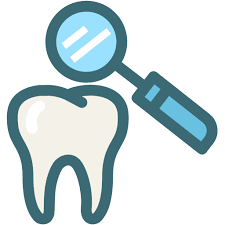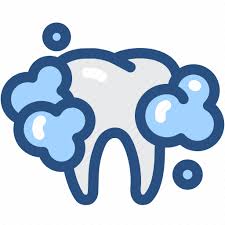Services

An oral health assessment typically involves a comprehensive evaluation of a person's dental and oral health. This includes checking for signs of cavities, gum diseases, oral cancer, and other oral health issues. A dental hygienist conducts this assessment to diagnose problems early and develop appropriate treatment plans to maintain or improve oral health. Regular assessments are crucial for preventing serious dental problems and maintaining overall well-being.
Contact Us
Dental cleaning, also known as professional teeth cleaning, is a procedure performed by a dental hygienist or dentist. It involves thorough cleaning of the teeth, gums, and surrounding areas to maintain good oral hygiene and prevent dental problems. The hygienist carefully removes plaque and tartar using special tools such as a scaler or ultrasonic instrument from the surfaces of your teeth. Plaque is a sticky film of bacteria that forms on teeth and can lead to cavities and gum disease if not removed.
Contact Us
Dental stain removal, also known as dental polishing, is a procedure done during dental cleanings to eliminate stains and discoloration from teeth surfaces. It involves using a polishing tool with a mildly abrasive paste to buff away surface stains. This cosmetic procedure enhances the appearance of your smile and is routinely performed during dental check-ups to complement oral hygiene care. Dental stain removal, also known as dental polishing or stain removal, is a procedure performed during a dental cleaning to eliminate stains and discoloration from the surfaces of teeth. The primary method used for stain removal is dental polishing, which involves using a specialized dental polishing tool along with a polishing paste. This paste is mildly abrasive and helps buff away surface stains on the teeth. The dental hygienist carefully applies the polishing paste to each tooth and uses the polishing tool to gently scrub the stains away. Overall, dental stain removal is a cosmetic procedure that can enhance the appearance of your smile by eliminating extrinsic stains from the surfaces of your teeth. It is typically performed during regular dental cleanings and check-ups to complement overall oral hygiene care.
Contact Us
Teeth whitening, also known as dental bleaching, is a cosmetic procedure designed to enhance the appearance of teeth by lightening their color. This treatment utilizes bleaching agents like hydrogen peroxide or carbamide peroxide, which penetrate the enamel and break down stains into smaller, less visible particles. For those seeking convenience and quick results, there are mobile services or home visits available for teeth whitening. These services typically involve the application of a concentrated bleaching gel directly onto the teeth. Often, a special light is used to activate the gel, which accelerates the whitening process. This method can achieve noticeable results in just one session, making it a popular choice for individuals looking to brighten their smile efficiently. The benefits of teeth whitening extend beyond aesthetics. A brighter smile can significantly boost self-confidence and self-esteem. By improving the brightness of your teeth, teeth whitening can enhance overall facial appearance and leave a positive impression. It's important to note that while teeth whitening can be highly effective, results may vary depending on individual factors such as the severity of staining and the condition of the teeth. Consulting with a dental professional can help determine the most suitable whitening treatment and ensure it is performed safely and effectively.
Contact Us
Dental fluoride is a concentrated gel or resin containing fluoride that is applied to the teeth to prevent tooth decay. It adheres to the enamel surface, releasing fluoride gradually. This process strengthens the teeth, making them more resistant to acids produced by bacteria and sugars. Dental fluoride treatment is commonly employed in dental offices as a preventive measure, particularly for patients who are at higher risk of developing cavities.
Contact Us
Dental sealants are thin, protective coatings applied to the chewing surfaces of molars and premolars (the back teeth) to prevent tooth decay. The chewing surfaces of molars and premolars have pits and fissures that can easily trap food particles and bacteria, making them more susceptible to decay. Sealants act as a barrier, sealing off these pits and fissures to prevent bacteria and food from getting stuck and causing cavities. They provide a protective shield over the tooth enamel, effectively reducing the risk of cavities. Dental sealants are most effective when applied soon after the eruption of permanent molars and premolars, typically between the ages of 6 and 14. Adults who are at higher risk of cavities in their back teeth may also benefit from sealants. Overall, dental sealants are a valuable preventive dental treatment that helps protect teeth from decay, especially in vulnerable areas that are difficult to clean effectively with regular brushing and flossing.
Contact Us